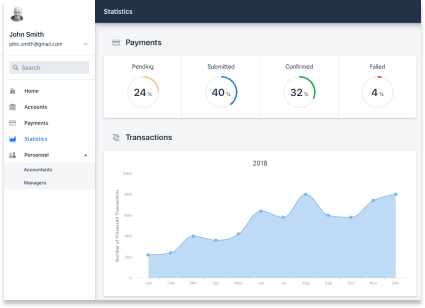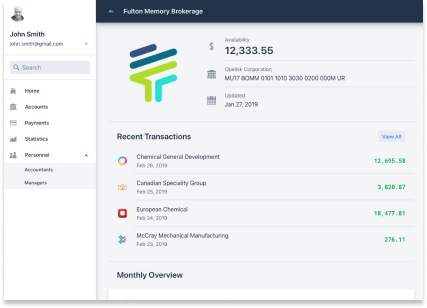Application migrations
1. Plan your approach
2. Proof of concept
3. Migration Assessment
Plan your approach
Transparency through continuous integration
Modular Modernization
Big Bang Transformations
Proof of concept
Make something that works

Skip if not needed

Discard after use

Modernization Assessments
Bottom-up Assessments
To get the most of a modernization assessment, it makes sense to work with experts who have done a similar migration in the past. Expect the experts to do an intensive, semi-automated 360-degree discovery and estimation of the migration from both a top-down and a bottom-up perspective.
In bottom-up, the experts you hire should use a set of software tools to parse the source code of your application and report the exact number of each type of dependency. For Java applications, expect sources and JARs to be needed in order to resolve all types referenced in the code. The experts should use this data to make a complete map of the libraries and APIs used.

Top-down Assessments
In top-down, the experts will review the objectives and constraints of the key application stakeholders. From this they can identify what activities are needed, the number of steps that are required, and how the different activities will fit together to enable a successful migration.
It’s possible your assessment also gets tasked to determine whether there is a viable business case for the migration project. If so, the top-down part of the assessment will probe much further to uncover the factors contributing to the TCO of the present application.
Based on these two halves of the discovery, your experts will make effort estimates for the required work and combine the findings into an assessment report. Armed with the data from the report and the expert insight, your organization will be able to plan and start your migration with more confidence.

Proof of Concept (POC)
Let's get started
